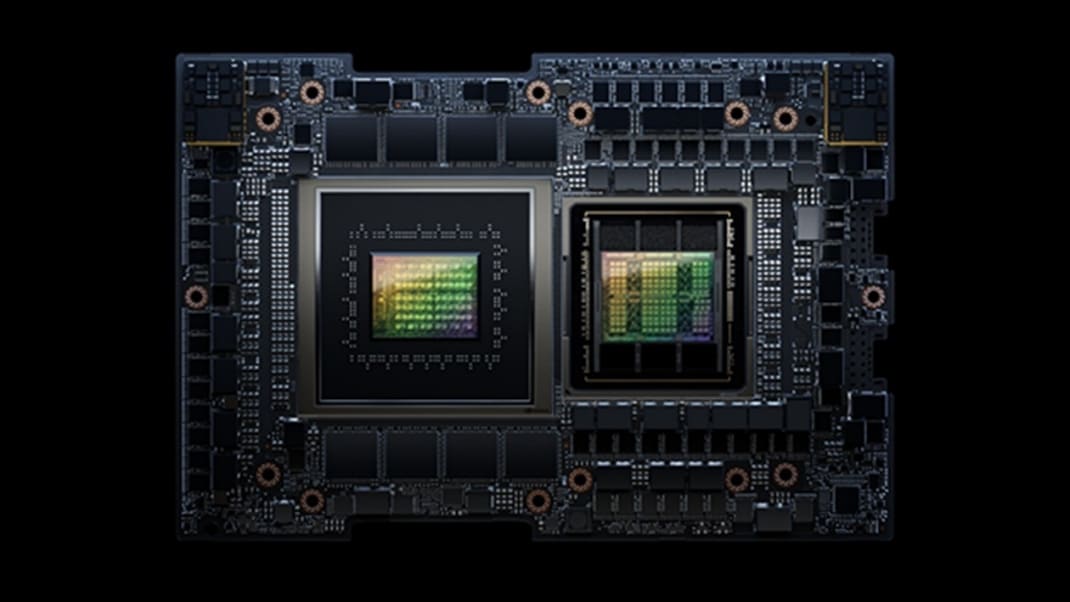For years, NVIDIA has dominated the GPU market, but in 2025, the tech giant will venture into a new territory: high-end consumer CPUs. According to recent reports, NVIDIA’s arm-based CPUs aimed at the premium PC market are set to enter production in less than a year. This move, done in collaboration with MediaTek, positions NVIDIA to join the competitive space of Windows-on-Arm (WoA) devices—an area currently led by Qualcomm, Intel, and AMD. NVIDIA’s potential in combining its top-tier GPUs with its custom CPUs could redefine performance standards in high-end laptops and gaming handhelds.
Breaking New Ground with an Arm-Based CPU
NVIDIA’s entry into the consumer CPU market isn’t entirely surprising, as rumors about its CPU ambitions have circulated. What’s new is that NVIDIA aims squarely at the high end, building off its existing experience in server CPUs like the Grace CPU, which already serves enterprise customers. However, while the Grace CPU leans heavily on Arm Neoverse IP, NVIDIA’s upcoming consumer chip may introduce a novel, in-house CPU core design that could outperform traditional Arm cores.
As Apple has shown with its M-series processors, in-house designs on Arm-based architecture offer immense performance advantages. NVIDIA appears poised to follow a similar strategy, potentially introducing a chip that combines its custom CPU and “Blackwell” GPU IP. This would shift from NVIDIA’s history of using off-the-shelf Arm designs and could bring performance that exceeds current market standards, especially regarding graphics and AI acceleration.
Partnering with MediaTek: A Strategic Alliance
NVIDIA’s collaboration with MediaTek could accelerate its ambitions. MediaTek, known for its mobile prowess, recently launched the Dimensity 9400, a powerful big-core SoC. This partnership could provide NVIDIA with a blueprint for developing an SoC with integrated 5G support, which is crucial for enterprise applications but less so for consumer markets.
As the two companies collaborate, NVIDIA can leverage MediaTek’s experience in mobile processors to ensure seamless 5G integration. This alliance should also yield synergies for producing custom SoCs for enterprises and, possibly, consumer devices. While the exact chip specifications remain under wraps, the DigiTimes report hints that MediaTek will handle the enterprise variant. At the same time, NVIDIA will produce a pure NVIDIA CPU-GPU SoC for consumer PCs.
The Competitive 2025 Landscape: NVIDIA’s Timing and Market Impact
The timing of NVIDIA’s CPU release aligns with a packed year for high-performance chips. Qualcomm is set to release its Snapdragon X2, Intel is moving forward with its next-gen Panther Lake architecture, and Apple is expected to launch its M5 SoCs. This convergence of technologies sets the stage for a competitive landscape in 2025, as consumers may choose between Windows-on-Arm devices and Apple’s newest offerings.
Given NVIDIA’s reputation for graphics supremacy, it’s reasonable to expect its new Arm-based CPU to focus heavily on providing top-tier GPU performance. This could make NVIDIA’s chip ideal for gaming laptops, AI-driven applications, and multimedia-heavy tasks. An NVIDIA CPU-GPU combo could finally offer an alternative to the high-end M-series processors on macOS for Windows users.
A New Era for AI-Powered PCs?
One key differentiator for NVIDIA’s upcoming CPU may be its integration of AI accelerators, which are not yet standard in many consumer CPUs. NVIDIA’s experience in AI, cultivated through its GPUs, could bring substantial benefits to PCs, enabling real-time AI processing and optimization for applications like gaming, multimedia creation, and cloud computing. Adding AI capabilities would significantly give NVIDIA a unique selling point if it can outperform competitors’ efforts in this area.
NVIDIA’s GPUs are already known for their advanced AI capabilities, but adding a custom CPU core that complements this would be a game-changer. NVIDIA could deliver seamless AI-enhanced experiences in a single-chip package—from real-time game upscaling to intelligent power management.
Opinion: What NVIDIA’s Entry Means for the Market
For consumers, NVIDIA’s CPU debut could bring excitement and new options, especially in gaming laptops and premium PCs. This move represents NVIDIA’s broader ambitions to shape the future of graphics and the high-end PC market. Given NVIDIA’s proven track record in GPU development, its custom CPU could combine raw performance with next-gen AI capabilities that appeal to gamers and power users.
Ultimately, NVIDIA’s move into the CPU space will likely heighten competition and innovation, compelling Intel, AMD, and Qualcomm to push boundaries. If successful, NVIDIA’s CPUs could establish a new benchmark in performance and solidify the company’s reputation as a leader in the computing industry. As NVIDIA continues to blur the lines between CPU and GPU, its influence on the future of computing will only grow stronger.


